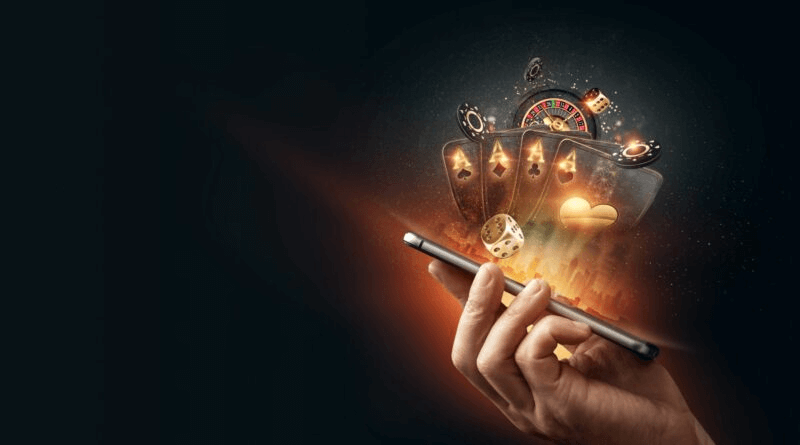Cheating has long been the shadow chasing competitive sports, from performance-enhancing drugs to game-fixing scandals that rock entire leagues. As technology develops, the fight against lies develops too. Compared to the past, Artificial Intelligence is now able to detect crime with speed and accuracy that could even outperform the best human analysts.
Organizations dealing with sports integrity all over the world are using patterns in behavior and large datasets to identify suspicious activities. Such systems help a lot in busy areas since small differences can suggest someone is interfering with the counting.
So, what are the ways AI performs that task?
How AI Spots the Red Flags
The key to AI’s edge is scale and speed. AI does not depend on intuition or looking back at things, the way human inspectors do; it works best with large sets of data. Large amounts of performance data, past records, and betting activities are handled and processed as they happen. Because data in online betting in India is always moving and changing quickly, tools like these give extra protection from manipulation.
AI can instantly cross-reference in-game events, such as unusually timed fouls or dramatic betting line shifts, with past data, searching for outliers that suggest premeditated action. The system doesn’t need to “understand” the sport in human terms. It just needs recognizable patterns.
Here are a few red flags AI systems are trained to detect:
- Uncharacteristic performance dips by specific players, especially in key moments.
- Sudden, large betting volumes on unexpected outcomes.
- Real-time inconsistencies in player tracking data compared to historical norms.
- Discrepancies between predicted outcomes and actual in-game events.
Once flagged, these alerts are passed on to human analysts for deeper review.

The Tech Stack: Tools Behind the Detection
Because of the use of wearable technology, AI can now complete its tasks more easily. These systems track a player’s heart rate, effort put in, and movement, sharing another kind of useful information.
| Technology | Function in Detection | Example Application |
| Machine Learning | Pattern recognition and anomaly detection | Identifying fixed match behavior |
| Natural Language Processing | Scanning social media or chat logs for suspicious activity | Detecting coordinated match-fixing chatter |
| Computer Vision | Analyzing video footage for irregular gameplay | Spotting non-verbal collusion cues |
| Wearable Tech | Monitoring biometric data for inconsistencies | Detecting intentional underperformance |
List of Real-World Use Cases
Let’s look at how AI is already being deployed in real-life sports scenarios.
- Football match-fixing detection: European leagues use AI to monitor minor leagues where oversight is minimal and manipulation is more frequent.
- Cricket integrity systems: AI monitors bowling and batting patterns against historical player profiles, flagging improbable actions.
- Esports cheating detection: AI systems analyze reaction times and cursor movements to determine if automation tools are being used.
- Tennis match anomaly tracking: Performance irregularities are compared against predictive models to identify suspect behavior.
Each of these examples demonstrates AI’s ability to augment, rather than replace, human judgment. The technology excels at pointing out what might otherwise go unnoticed.
Are Human Referees Becoming Obsolete?
Not exactly. AI is helping humans by changing their duties, not by replacing them.
Technology and the work of referees are now combined. Instead of needing to watch every offside and foul, the system gives alerts pointing them to where they should check. Sports integrity officials are also expected to act that way. A red flag from AI doesn’t confirm wrongdoing, but it does direct attention more efficiently.
In India’s context, this becomes crucial in high-traffic events like the Indian Premier League (IPL), where the volume of data generated in a single match can overwhelm manual review. AI offers scalability that humans simply can’t match.
Limitations and Ethical Minefields
Of course, no system is perfect. AI still struggles with context. A sudden dip in performance may have a perfectly legitimate explanation—injury, fatigue, or strategic error. If misinterpreted, AI’s flagging can lead to unnecessary scrutiny or even wrongful accusations.
It’s also possible that the data used for training is biased. When AI deals with information that contains cultural or assumption-based mistakes, it may help increase the issue. It is necessary to carry out clear and detailed assessments of school activities.
Many people are also concerned with privacy violations. Since player monitoring and biometric technology can make games fairer, it could also bring certain problems. When managing teams and leagues, it is necessary to ensure fairness without compromising people’s rights to privacy and the safety of their data.
A Glimpse into the Near Future
As AI evolves, predicting the outcome of sports games in real time could become the norm in major leagues. It would be better if the system alerts officials to any suspicious activity during the game, rather than waiting for the match to end. Or one that connects player monitoring, betting odds, and biometric information, helping to notice unethical actions in very little time.
Such integration might also reshape how we view sports analytics—not just as a tool for coaching or commentary, but as a frontline defense for the integrity of competition.
What’s certain is this: AI isn’t a silver bullet, but it’s an increasingly sharp spear in the ongoing fight against cheating. As long as there are incentives to bend the rules, technology will have to keep evolving to keep the game honest.

